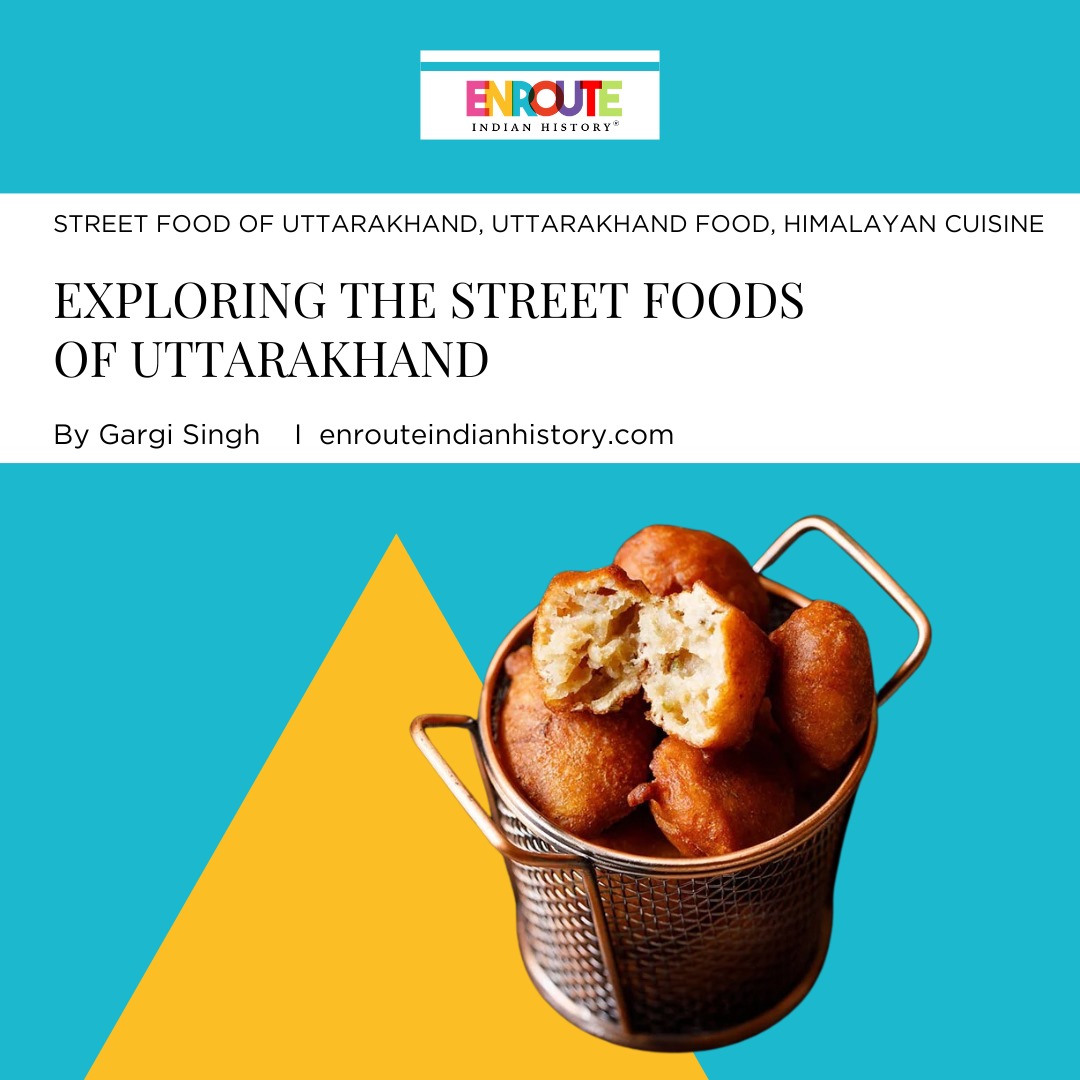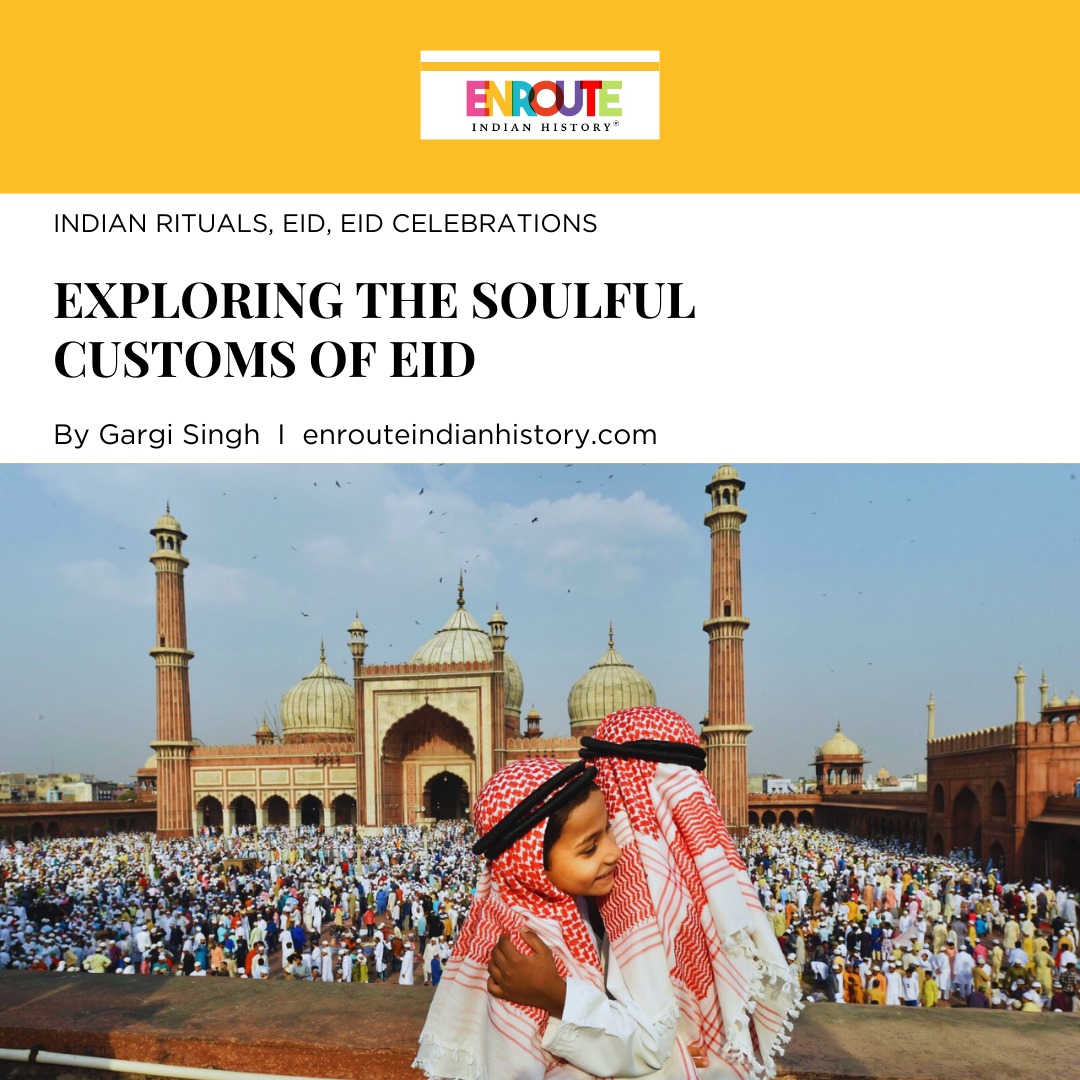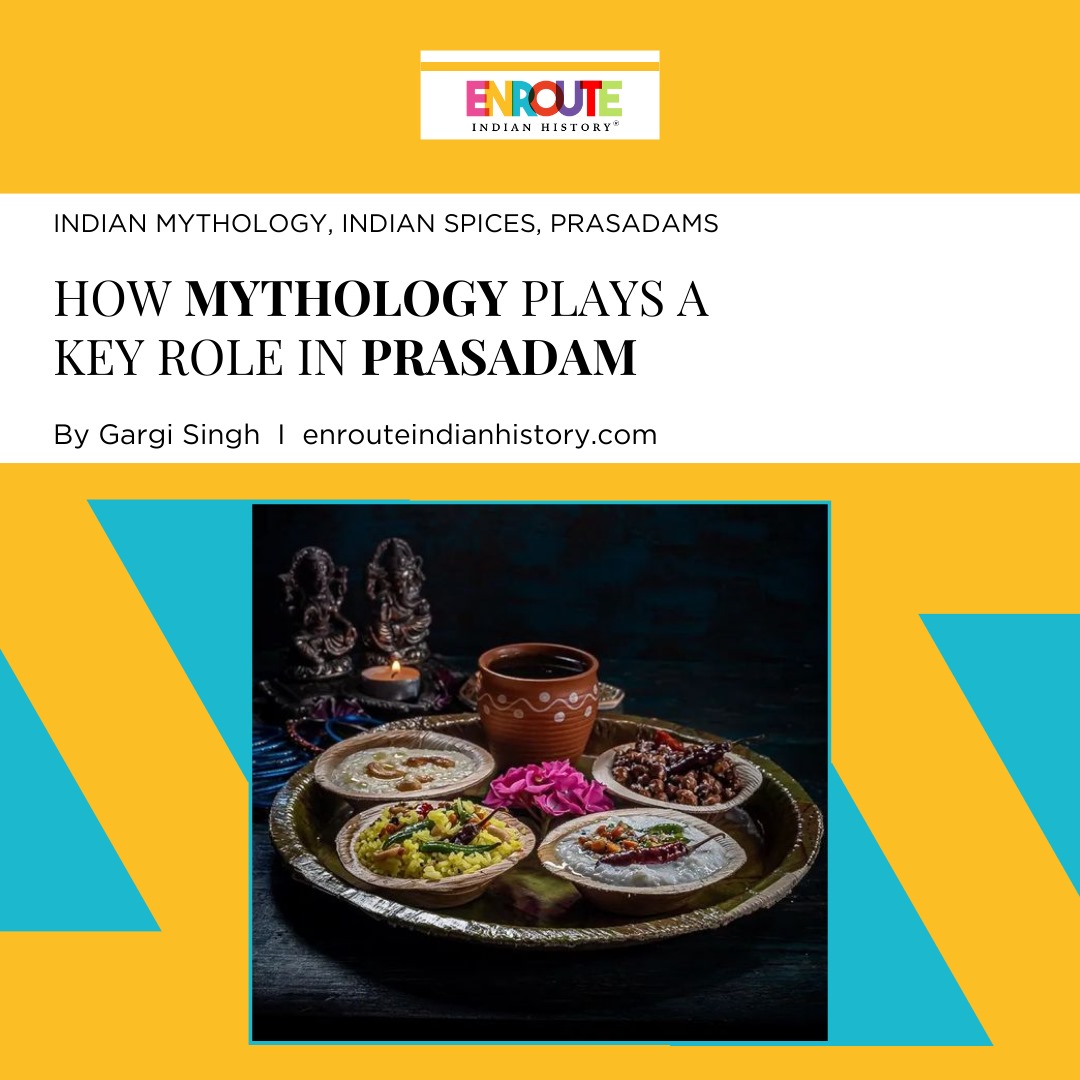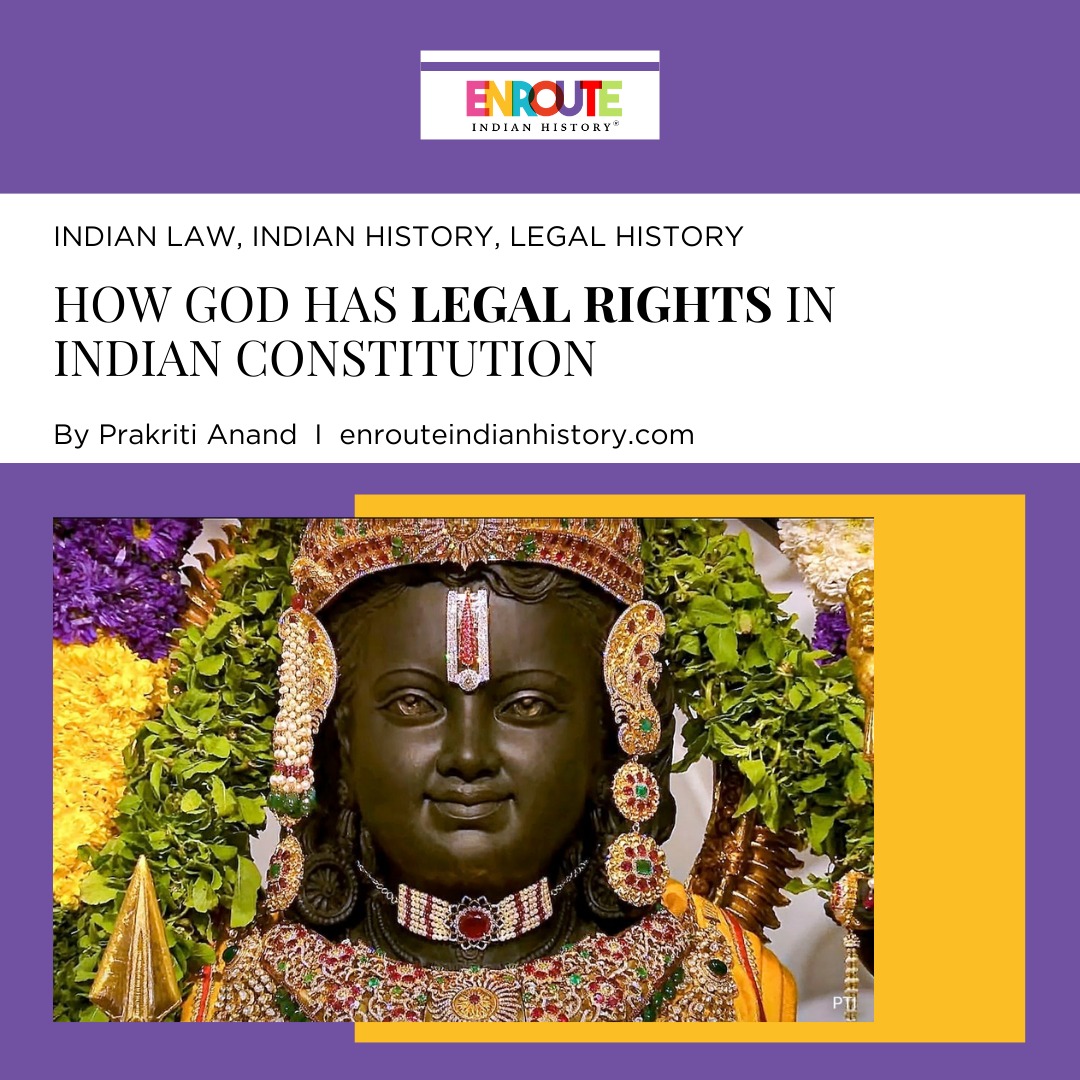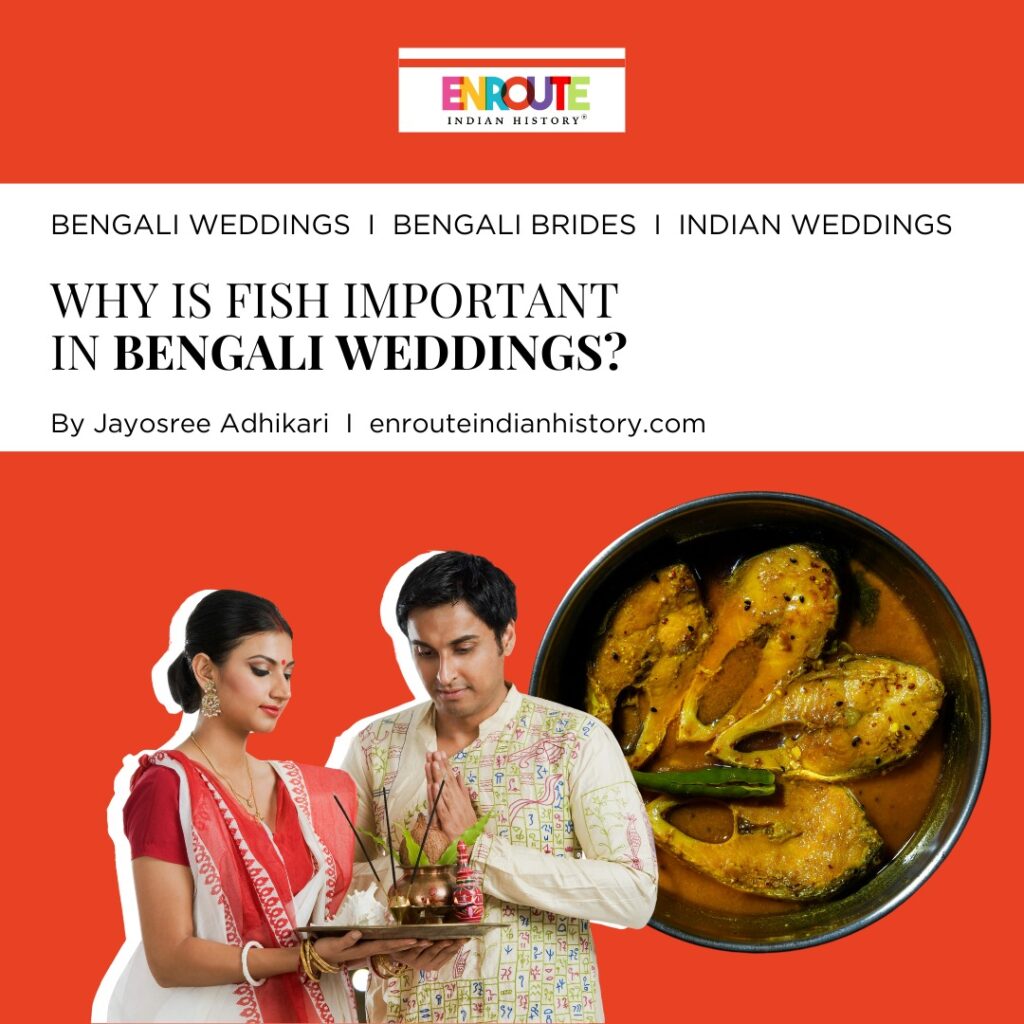
Fish is a necessity in a quintessential Bengali’s life. Bengal being a riverine region is surrounded by a large sea and several water bodies due to which the people of Bengal have easy access to fish. As fish became an important food in the Bengali diet several traditions began to govern the behavior of the society. They tried to include this aquatic animal in every aspect of their daily life as fish is considered auspicious. It brings good luck and has several other health benefits (e.g., Makes one smart, enhances eyesight, glowing skin, etc.). Hence, Bengali Wedding , Puja or a baby’s first rice ceremony fish is a must.
A Bengali wedding is extremely beautiful and the rituals included in the wedding make it more unique and vibrant. For Bengalis just like other Indian cultures, marriage is considered as a holy union between two individuals, and to start this important journey Fish takes center stage as it is a sign of good luck and happiness. In every step of the wedding, Fish is included – be it in the cuisine, in exchange of gifts, or in making of sweet motifs. Here is a breakdown of everything fishy that goes in a Bengali wedding.
Aiburobhaat:

The food palate includes rice, dal, bhaja (Fried vegetables like potatoes, pumpkin, brinjal, ladies’ finger, herbs etc. either on their own or coated with rice powder/ chickpea paste), luchhi/Puri, kosha mangsho (mutton/chicken curry), mango or tomato chutney, aloo posto (potato in poppy seeds), payesh (kheer). An important part of this rich culinary affair has to be the delicious fish preparations: from maacher jhol to doi maach.
If we loosely translate ‘aiburobhaat’ it leads to aiburo (bachelor) and bhat (rice). Hence this ceremony celebrates the last meal arranged by the families of both the bride and the groom before they tie the knot. Depending on the number of relatives this event can last for a single day or it can continue for a whole month. Parents and families, to coddle their children, try to arrange the best feast including several fried items, sweet dishes, and sweet curd. The bride and groom are expected to finish the whole plate and enjoy their final time with the family before the D-day. The food palate includes rice, dal, bhaja (Fried vegetables like potatoes, pumpkin, brinjal, ladies’ finger, herbs etc. either on their own or coated with rice powder/ chickpea paste), luchhi/Puri, kosha mangsho (mutton/chicken curry), mango or tomato chutney, aloo posto (potato in poppy seeds), payesh (kheer). An important part of this rich culinary affair has to be the delicious fish preparations: from maacher jhol to doi maach, all fish preparations are carefully selected and cooked for a feast which the soon-to-be-married are not going to forget in a hurry.
Gaye Holud and the Tattva ceremony:
Gaye Holud or Gatro Horida or haldi ceremony (turmeric ceremony) is performed on the day of the wedding where in the households apply turmeric on the bride and groom. This turmeric is applied to the soon-to-be-weds to ward off evil eyes. Turmeric is also a symbol of prosperity and positivity for the bride and groom, hence these soon-to-be-weds wear yellow while participating in this ceremony. For Bengalis the turmeric is applied on the groom first, the groom’s family – excluding the groom, travel to the bride’s house. They have with them the bride’s wedding outfit which she’ll don for the wedding, the turmeric paste which the bride will be using for her ceremony, some sweets and gifts. In addition to this, they also take a large ‘Rohu fish’, which is decked up as a bride, draped in a sari, and decorated with jewelry, sindoor (vermillion) , paan, and some turmeric. This ritual is called ‘Tattva’. Fish symbolizes good luck and prosperity, the gesture of the groom’s family gifting the bride is their way of extending their wishes for her happiness as she takes this new path of marriage.

When the bride first enters her in-law’s house, a fish is shown to her to mark her first steps in her new house. Fish holds immense significance in a Bengali household, looking at the fish is said to mark her auspicious start in the new household as a new member of the family.
Motifs of Fish and the Cuisine:
Since Fish is considered auspicious, fish motifs play a key role in the Bengali wedding scenario. The bride’s bridal saree is wrapped in a way that would look like a fish. When gifts and sweetmeats are being exchanged between the bride and groom’s families, the motif of fish plays an integral part. In the same way, sweets are also decorated in the form of fish when they are sent as gifts to either household. The food at the Bengali wedding is a haven for fish dishes where from snacks to the main course fish is a necessity and without fish battered fry, Hilsa, Katla Kalia( katla fish curry) and Bhetki paturi( bhetki fish in banana leaf) it cannot be called a Bengali wedding.
Bride’s welcome rituals:
When the bride first enters her in-law’s house, a fish is shown to her to mark her first steps in her new house. Fish holds immense significance in a Bengali household, looking at the fish is said to mark her auspicious start in the new household as a new member of the family.
As the Indian wedding season is approaching, it needs to be taken into account that there are different traditions in different parts of India. These different traditions make India a vibrant and unique country. Fish and its significance in Bengali weddings is one such association that teaches us that it is never too late to indulge deeper and learn the importance of the rituals that have stood the test of time and prevailed with us.

Tabu as a newly wed bride in the movie ‘The Namesake’.
- April 4, 2024
- 7 Min Read


